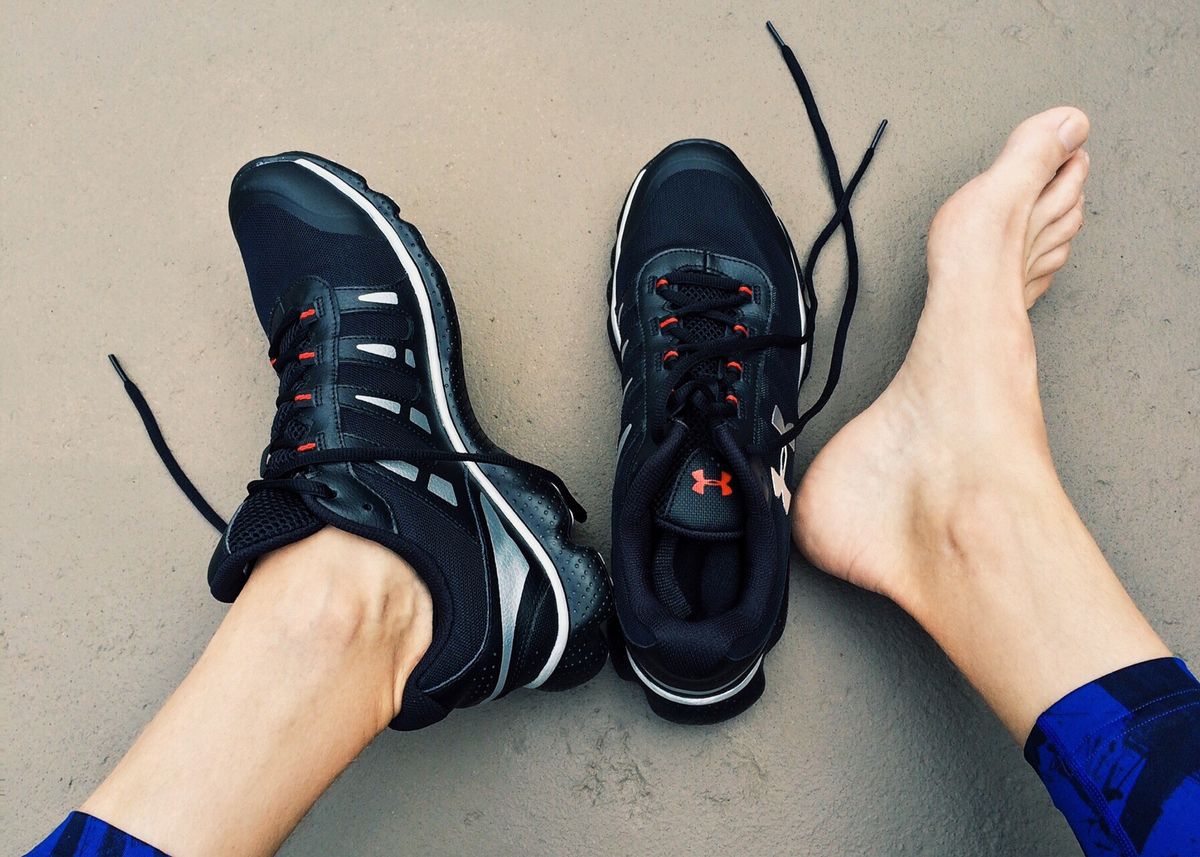PT Crab 🦀 Issue 138 - I’m Into Feet

I mean, they’re just so interesting. And complicated.
If you’ve been reading the Crab for a while, you know I have a soft spot for pelvic health. It’s my favorite topic area and something I’m working on specializing in. But you may not know that feet are my second favorite topic. They’re amazing! Strong, powerful, complicated, dynamic. They’re such a cool part of the body and today they’re our focus.
King Crab supporters will get three articles about feet this week, one on the effects of arch-taping on navicular height and plantar pressures after 15 minutes of running (and it’s surprising), another on how short-foot exercises help with foot posture, pain, and disability in folks with flat feet, and a last on just what the navicular drop test is and what it’s correlated with. This is a cracker of an edition.
Let’s dive in!
Let’s talk tape.
The Gist - We probably all learned arch-taping techniques for flat feet/navicular drop in school or a continuing ed course back in the day, but these researchers from the Journal of Athletic Training wanted to know how effective they were, especially after activity. Taping doesn’t matter if it doesn’t hold up, right?
They looked at two different types of tape for folks with navicular drops >8mm (normal is <7mm), taping folks up then putting them on a treadmill for 15 minutes of running with plantar pressure and navicular height checks every 5 minutes. The techniques were the Low-Dye technique and the Navicular-sling technique. They also had a control group with no tape because research.
Immediately after the taping, they checked navicular drop again and plantar pressures, then popped the folks on a treadmill for 15 minutes of self-selected speed barefoot jogging.
For results, the navicular sling technique initially raised the navicular, but 5 minutes of running undid this. The low-dye taping saw no effect.
But with plantar pressures, there were some changes. Both taping techniques initially increased pressure in the lateral midfoot area, potentially demonstrating decreased pronation. For the low-dye taping, this pressure change was maintained through 10 minutes of running, but not 15. For the navicular sling, this pressure increase remained significant through all 15 minutes of running.
Tell Me More - Tape isn’t meant to be a final solution to a problem like this, rather it’s intended to demonstrate if more permanent solutions, like orthoses, are indicated. But tape is useless if it doesn’t do anything at all. Fortunately, it seems that these two taping techniques are useful for redistributing plantar pressure, at least for a few minutes of running. They seem to be good enough to justify testing.
To dig into the numbers a bit more, you’ll note that I’ve been referring to lateral midfoot pressure increases in order to discuss more controlled pronation. Theoretically, that increase in pressure on the lateral portion of the foot is due to off-weighting of the medial, but we’re not sure because medial pressures weren’t measured in this study. That’s because the pressure plates collected insufficient data on the medial midfoot pressure since it’s right under the arch. This brings out something notable in this study, that the folks tested didn’t actually have flat feet, they just had flexible feet. We’re unsure if these changes are maintained in people with actual pes planus. So keep that in mind. It may well work, but we don’t know.
Paper? Gotcha gotcha.
And that’s our week! Thanks for being a subscriber. More is more, as they say, and more subscribers means more information reaches more people. All of which are good things. Last week, subscribers sharing the Crab added 7 new members, let’s see if we can keep that up. If you haven’t already spammed your coworkers with this newsletter, now is the time. Forward it. Do it now. Now now now now now. Thanks!
See you next week,
Luke
